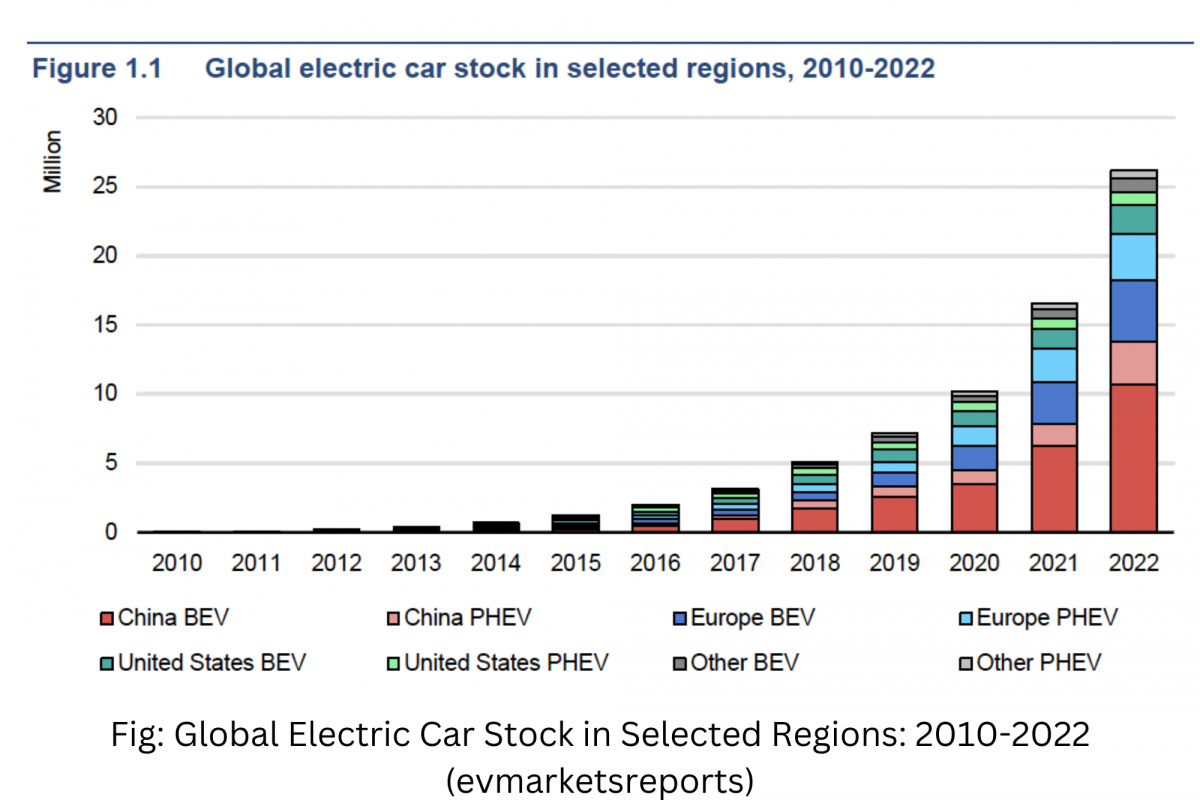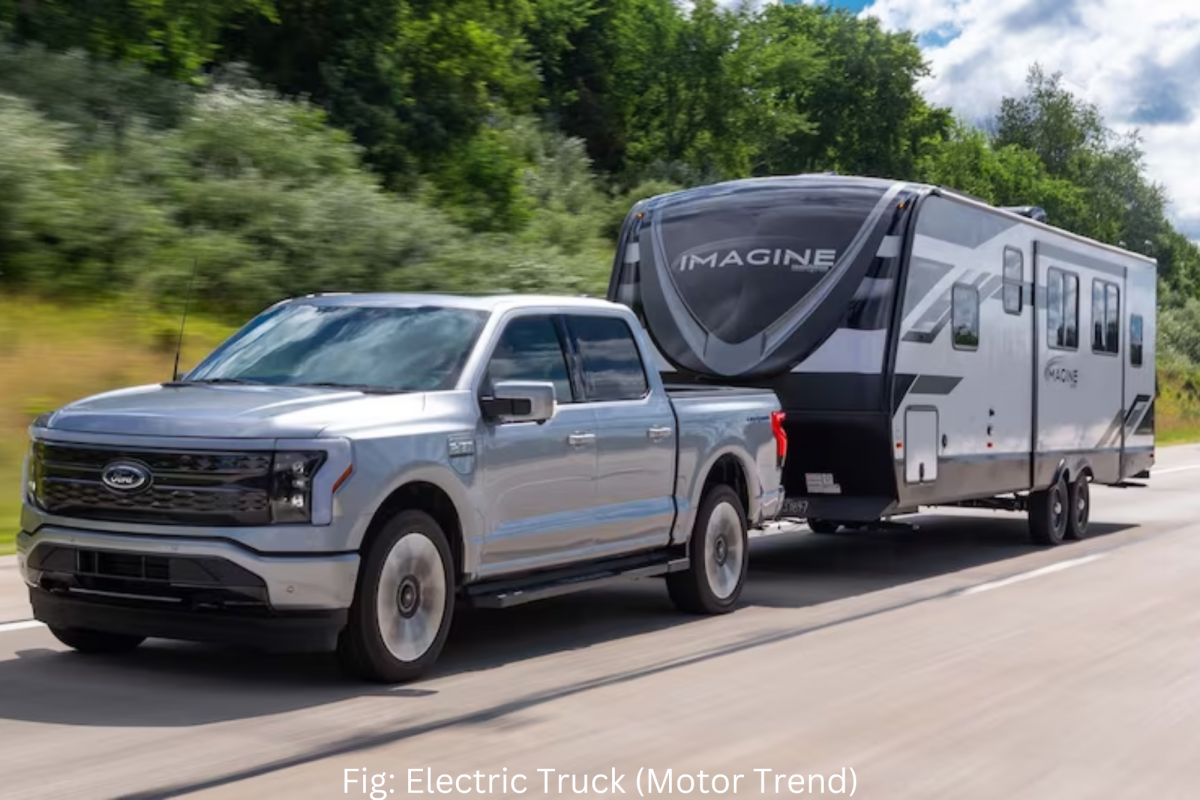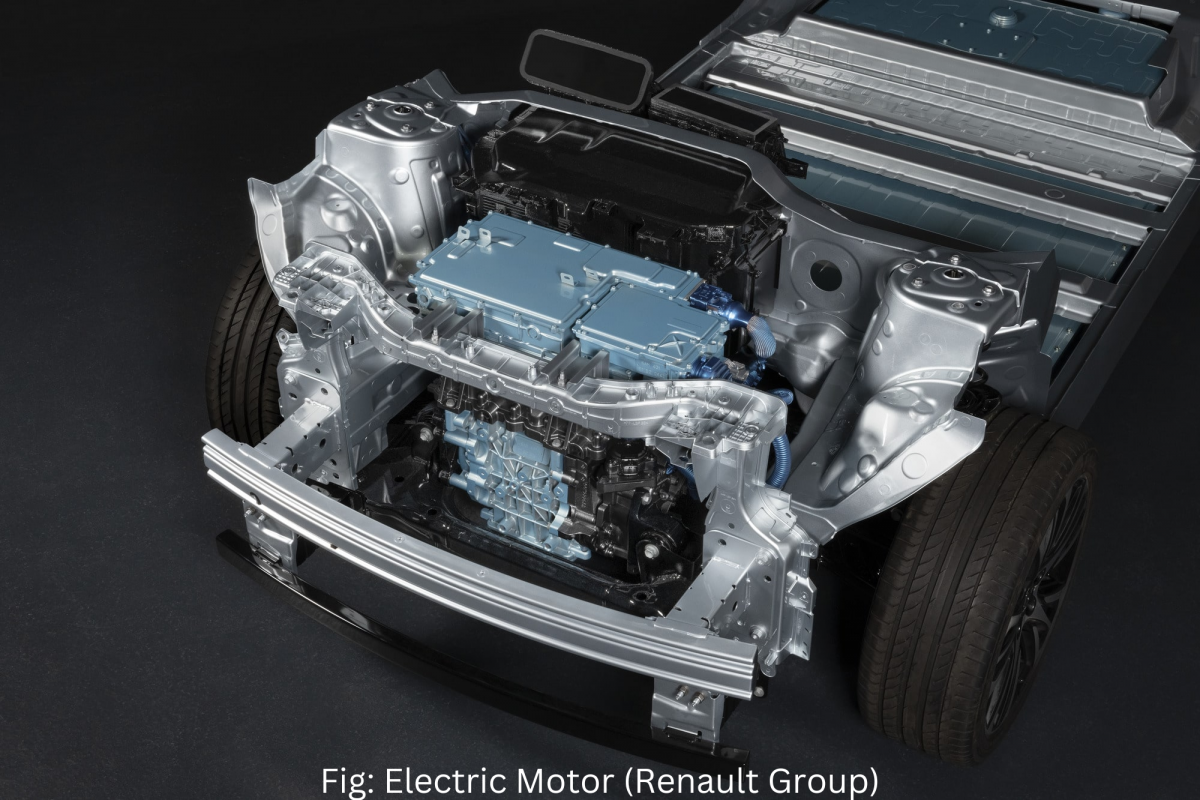Embracing a Sustainable Future with Electric Vehicles

In a world where progress often collides with environmental concerns, electric vehicles (EVs) emerge as a beacon of hope. These sleek, silent marvels are not just a technological advancement; they represent a conscious step towards a more sustainable future. As our planet grapples with the consequences of fossil fuel dependence, the global automotive landscape is shifting toward cleaner, greener alternatives.
Recently, there's been a significant shift in the global automotive industry towards EVs. This change isn't just a fad; it's a critical move in combating climate change and reducing our dependence on fossil fuels. The numbers speak for themselves: electric car sales have been hitting unprecedented highs, projected to continue into 2023. According to the International Energy Agency (IEA), more than 10 million electric cars were sold in 2022, accounting for 14% of all new car purchases. This is a significant jump from less than 5% in 2020 and 9% in 2021. The IEA anticipates that this growth will persist, with an estimated 14 million electric cars sold by the close of 2023, marking a substantial 35% year-on-year increase. If this prediction holds, electric cars could make up 18% of the total car sales for the year. "evmarketsreports"

In this blog, we will dive deeply into electric vehicles. We'll discuss their importance and how they influence the ever-changing automotive industry. So, let's jump right in!
The Rise of Electric Vehicles Worldwide with a Segment-wise Exploration
The global shift toward electric vehicles has been remarkable. China, in particular, stands out as a trailblazer, contributing to a whopping 60% of electric car sales worldwide. Europe follows as the second-largest market, with an impressive sales increase of over 15%, while the United States is catching up fast with a remarkable 55% surge in electric car sales. Notably, we're also witnessing promising growth in emerging electric vehicle markets like India, Thailand, and Indonesia. "evmarketsreports"
The sudden rise in this trend can be attributed to various factors. There's been a technological leap, a heightened focus on the environment, and governments offering incentives. It's not just limited to one aspect; it's a significant change affecting different automotive industry segments. So, let's look at how each section plays a role in the worldwide shift towards sustainable transportation.
Commercial Vehicles are Powering the Future of Logistics
The world of commercial vehicles is shifting rapidly towards going electric. Delivery vans, buses, and trucks are now equipped with state-of-the-art electric systems, changing how goods are transported in cities and between countries. The benefits are clear: lower emissions, decreased operational expenses, and a quieter, more efficient fleet. Whether in bustling cities or on long highways, electric commercial vehicles are reshaping the backbone of our transportation network. The global market for electric commercial vehicles is estimated to grow from 519.4 thousand units in 2023 to 2,155.1 thousand units by 2030, with a CAGR of 22.5%. Governments worldwide are rolling out policies and incentives to encourage the adoption of electric commercial vehicles."marketsandmarkets"

Passenger Vehicles (4 Wheeler) is Driving Change on Main Streets
When it comes to four-wheeled passenger vehicles, electric cars have been gaining significant popularity among consumers all around the globe. The proportion of electric cars in the overall sales figures has witnessed remarkable growth, surging from approximately 4% in 2020 to a substantial 14% in 2022, more than tripling in just three years. The trend in electric vehicle sales appears to maintain its strong momentum in 2023. More than 2.3 million electric cars found new owners during the first quarter, marking a solid 25% increase compared to the same period in the"iea.org" previous year. With sleek designs, advanced technology, and an ever-expanding charging network, they're no longer a niche option but a mainstream contender. From compact city cars to luxurious SUVs, manufacturers invest heavily in electric alternatives, offering consumers diverse choices that align with their lifestyles and values.
3 Wheelers are Electrifying the Last Mile
For quite some time now, three-wheeled vehicles have played a vital role in transportation, especially in various parts of Asia. They're extensively employed for both ferrying passengers and carrying goods. In 2022, India saw more than half of its registered three-wheelers being of the "planet.outlookindia" electric variety.
This segment's transition to electric power creates a seismic shift in urban mobility. With zero emissions and lower operational costs, electric 3-wheelers are transforming how people navigate congested city streets and playing a crucial role in curbing air pollution and ensuring a sustainable last-mile connectivity solution.
2 Wheelers are Driving the Electric Revolution
In 2022, more than 15 million electric two-wheelers (E2Ws) hit the global market, making them the most electrified vehicle category worldwide. China took the lead in this market, closely followed by India and other Asian nations. The widespread appeal of E2Ws can be attributed to their cost-effectiveness, convenience, and positive environmental footprint compared to traditional motorcycles and scooters.
Prominent automakers such as Tesla, Nissan, and Chevrolet have emerged as pioneers in the electric vehicle realm. Their cutting-edge technologies and innovative designs have set the benchmark for the industry. Let’s review some automakers who have joined the race, signaling a clear industry-wide commitment to a sustainable future.
Major Players in the International EV Market
The EV market is rapidly expanding as concerns about climate change and rising fuel prices drive consumer demand for sustainable transportation options. Numerous automakers are vying for dominance in this burgeoning market, but a few key players have emerged as leaders in the global EV landscape.
Tesla: Tesla is undoubtedly the most recognizable name in the EV industry, pioneering the development of high-performance, long-range electric cars. Their flagship Model 3 has become the world's best-selling EV, and they continue to innovate with models like the Cybertruck and Semi truck.
BYD: This Chinese automaker has made significant strides in the EV market, becoming the world's largest producer of electric vehicles in 2022. Their popular models include the Han EV and Tang EV, and they are expanding their presence in international markets.
Volkswagen Group: The German automotive giant is aggressively pursuing electrification, with plans to invest billions in EV development and production. Their ID. series of electric cars are gaining traction, and they aim to become the world's largest EV manufacturer by 2025.
SAIC Motor: Another Chinese automaker, SAIC Motor, is a significant player in the EV market, particularly in their home country. Their Wuling Hongguang Mini EV is one of the best-selling electric cars in China, and they are expanding their EV offerings with models like the Roewe Marvel R.
Stellantis: This multinational automotive group, formed from the merger of Fiat Chrysler Automobiles and PSA Group, is making significant investments in EV technology. Their brands, including Peugeot, Citroën, Opel, and Fiat, are introducing new EV models, and they aim to achieve 100% EV sales in Europe by 2030.
These are just a few major players shaping the international EV market. The competition is fierce, and innovation is constant as automakers strive to deliver the most advanced, efficient, and appealing electric vehicles to consumers worldwide.
Let's dive into the workings of EVs. Keep reading.
How Do Electric Vehicles Work?
EVs represent a significant technological leap forward, offering an eco-friendly alternative to traditional internal combustion engine vehicles. Their operation hinges on three key components: electric motors and drivetrain, battery technology, and regenerative braking.
Electric Motors and Drivetrain
At the heart of every electric vehicle lies an electric motor. These motors convert electrical energy stored in the vehicle's battery into mechanical energy to propel the vehicle. Unlike conventional engines, which rely on combustion, electric motors function based on electromagnetic principles. This allows for instantaneous torque delivery, resulting in swift acceleration and a responsive driving experience.

The drivetrain, encompassing components like the transmission and differential, transmits power from the electric motor to the vehicle's wheels. Some EVs employ single-speed transmissions, while others incorporate multi-speed setups to optimize performance across different driving conditions.
Battery Technology: The battery is the energy reservoir of an electric vehicle. It stores electrical energy in a chemical form, then converts it into electricity to power the electric motor. Lithium-ion batteries, currently the most prevalent technology in EVs, balance energy density, power output, and rechargeability. Advances in electric vehicle battery technology continue to extend range capabilities and reduce charging times, making EVs more practical for everyday use.
Regenerative Braking: One of the distinguishing features of electric vehicles is regenerative braking. Traditional vehicles dissipate kinetic energy as heat during braking, leading to energy wastage.
In contrast, EVs leverage regenerative braking systems to convert kinetic energy back into electrical energy. When the driver applies the brakes, the electric motor operates in reverse, acting as a generator to capture and store energy in the battery. This process not only enhances efficiency but also helps to extend the vehicle's range.
Electric vehicles integrate electric motors, advanced battery technology, and regenerative braking systems. This innovative combination enables them to deliver efficient, high-performance transportation while significantly reducing environmental impact. As technology advances, electric vehicles are poised to play an increasingly pivotal role in the transition towards a sustainable and cleaner future for transportation.
We've put together a new blog highlighting the electric vehicle scene in India. If you're keen on catching up with this market's latest updates and key insights, don't miss out on our piece, ' The Present Landscape of Electric Vehicles in the Indian Market.'
Frequently Asked Questions
